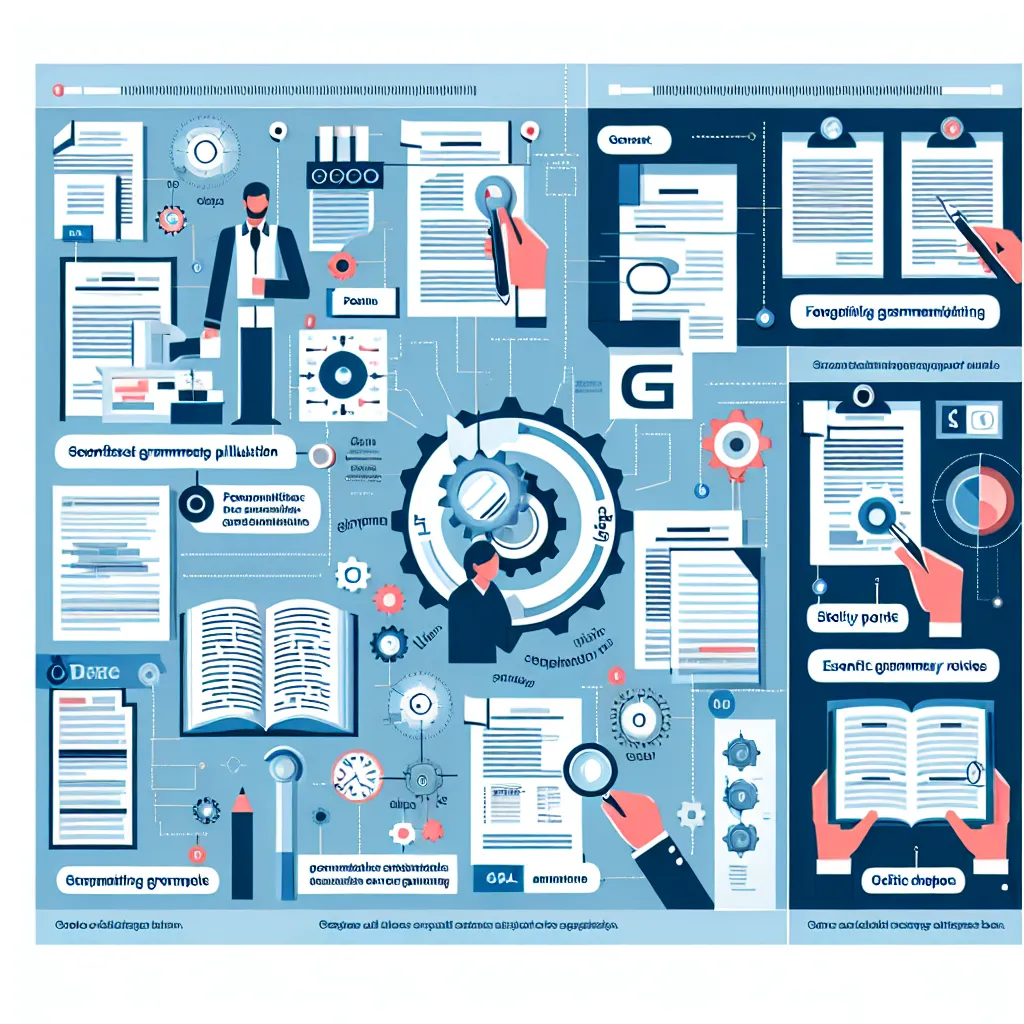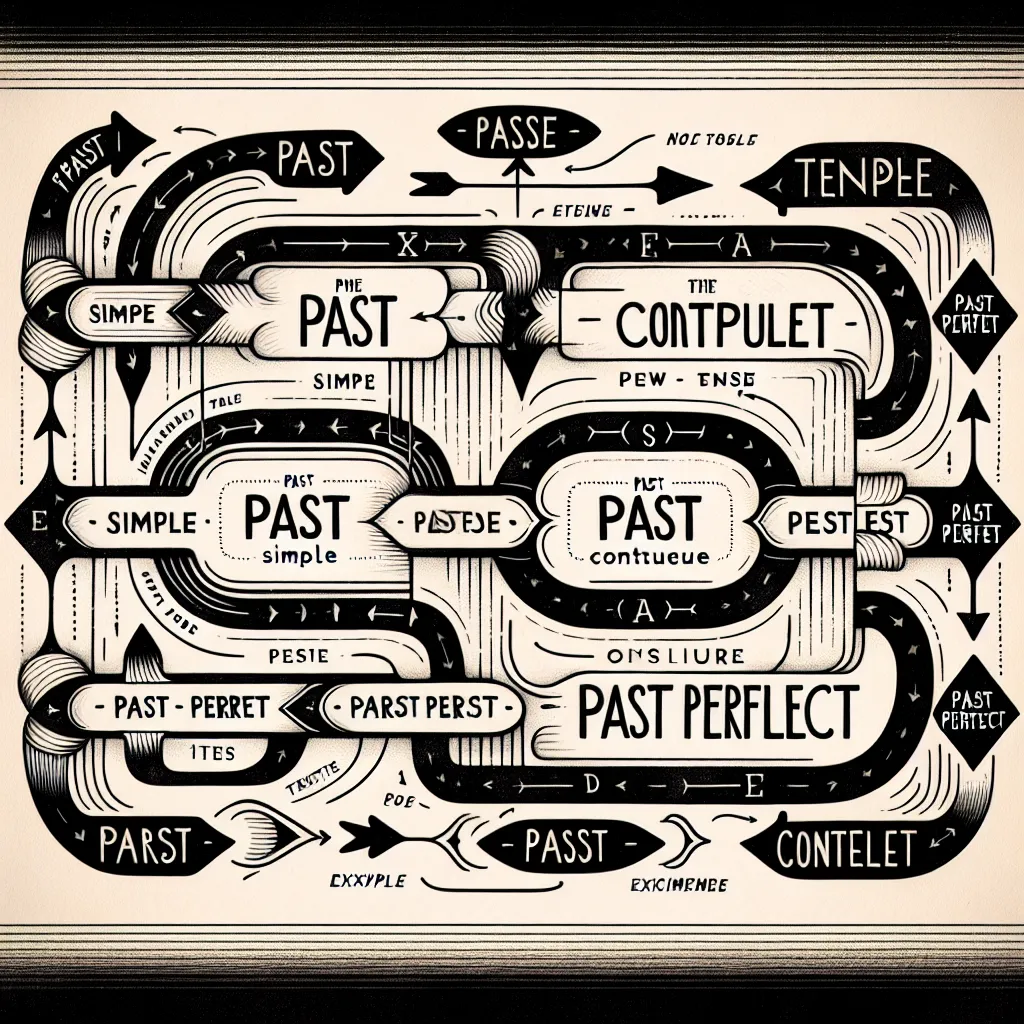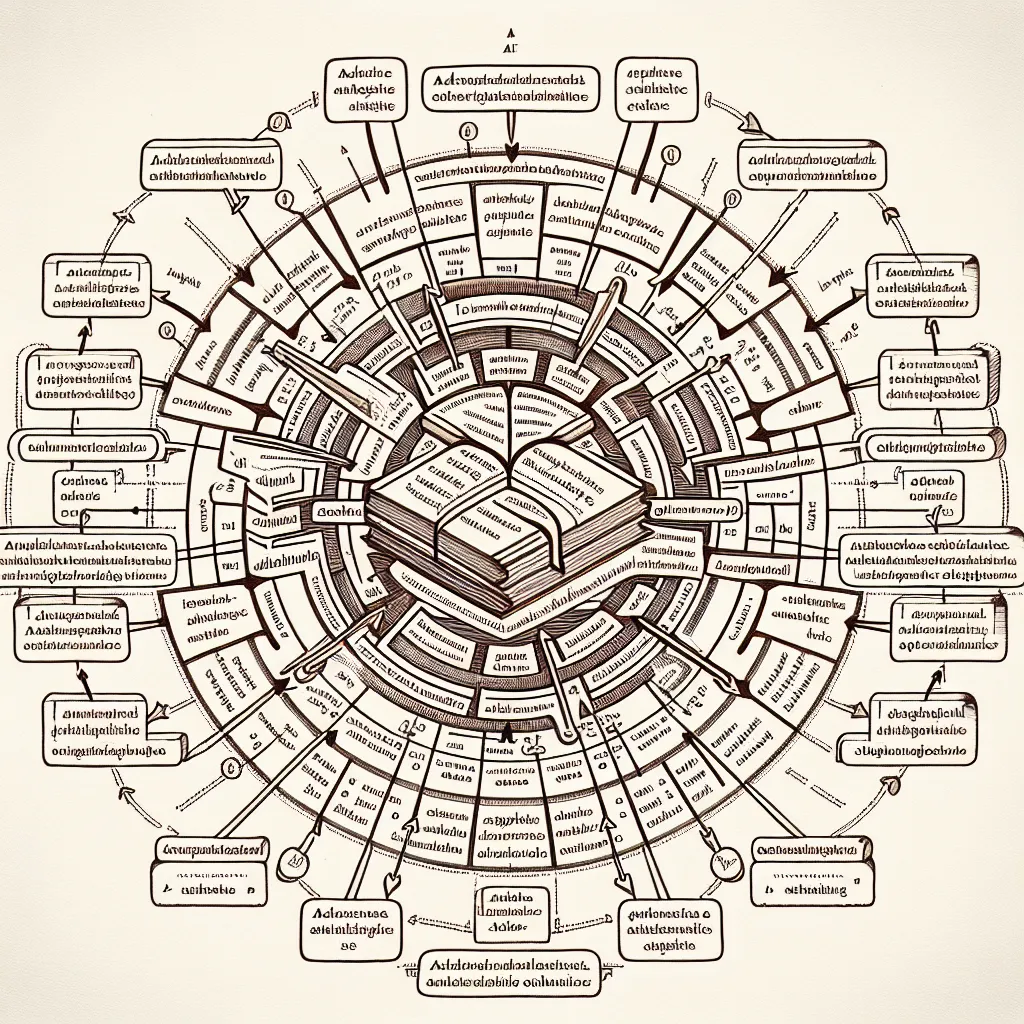Technical writing demands a higher level of grammatical precision and clarity than many other forms of writing. Whether you’re crafting user manuals, scientific reports, or technical specifications, mastering advanced grammar is crucial for effectively communicating complex information. This guide will explore key strategies and techniques to elevate your technical writing skills through advanced grammar usage.
Understanding the Importance of Advanced Grammar in Technical Writing
Technical writing serves as a bridge between complex technical concepts and the reader’s understanding. Precise grammar is the foundation of this bridge, ensuring that information is conveyed accurately and unambiguously.
The Role of Grammar in Technical Communication
In technical documents, even minor grammatical errors can lead to misinterpretations with potentially serious consequences. Advanced grammar usage helps in:
- Eliminating ambiguity
- Enhancing readability
- Maintaining professionalism
- Ensuring consistency across documents
 Technical Writing Grammar
Technical Writing Grammar
Key Elements of Advanced Grammar for Technical Writing
1. Precision in Verb Tense Usage
Technical writing often requires describing processes, procedures, and states. Mastering verb tenses is crucial for accurately conveying when actions occur.
Example:
- Incorrect: “The system will shut down and data is lost.”
- Correct: “The system will shut down, and data will be lost.”
The correct version uses consistent future tense, providing clarity about the sequence of events.
2. Mastering Parallel Structure
Parallel structure is essential for presenting information clearly, especially in lists and comparisons.
Example:
- Incorrect: “The software can analyze data, generating reports, and it manages databases.”
- Correct: “The software can analyze data, generate reports, and manage databases.”
The correct version maintains consistency in verb forms, making the sentence more readable and professional. For more insights on this topic, check out our guide on how to use advanced parallel structures.
3. Effective Use of Passive Voice
While active voice is generally preferred, passive voice has its place in technical writing, especially when the focus is on the action rather than the actor.
Example:
- Active: “Engineers test the product thoroughly before release.”
- Passive: “The product is thoroughly tested before release.”
The passive construction is appropriate here if the emphasis is on the testing process rather than who performs it.
4. Precise Use of Modifiers
Modifiers in technical writing must be placed correctly to avoid ambiguity.
Example:
- Ambiguous: “Using the new algorithm, data processing speeds increased significantly.”
- Clear: “Data processing speeds increased significantly when the new algorithm was used.”
The clear version avoids the dangling modifier and explicitly states the relationship between the algorithm and the speed increase.
Advanced Punctuation Techniques
1. Semicolons for Complex Lists
Use semicolons to separate items in a list when the items themselves contain commas.
Example:
“The system update includes: enhanced security protocols, including firewall improvements; streamlined user interface design; and advanced data analytics capabilities, featuring real-time reporting.”
2. Colons for Introductions and Lists
Colons are powerful tools for introducing lists or explanations in technical documents.
Example:
“The new hardware requirements are as follows: a 64-bit processor, 8GB RAM, and 500GB SSD storage.”
Strategies for Improving Technical Writing Grammar
-
Study Style Guides: Familiarize yourself with technical writing style guides such as the Chicago Manual of Style or the IEEE Editorial Style Manual.
-
Practice with Real Documents: Apply advanced grammar techniques to actual technical documents in your field.
-
Peer Review: Engage in peer review sessions to get feedback on your grammar usage and clarity.
-
Use Grammar Checking Tools: Utilize advanced grammar checking tools specifically designed for technical writing.
-
Continuous Learning: Stay updated with evolving grammar rules and industry-specific conventions.
For more tips on enhancing your writing skills, explore our article on how to improve English writing through blogging.
Common Pitfalls to Avoid
-
Overuse of Jargon: While technical terms are necessary, overusing them can obscure meaning.
-
Inconsistent Terminology: Maintain consistency in terms throughout your document.
-
Long, Complex Sentences: Break down complex ideas into shorter, clearer sentences.
-
Ambiguous Pronouns: Ensure pronouns clearly refer to their antecedents.
-
Misplaced Modifiers: Position modifiers close to the words they modify.
Advanced Grammar for Specific Technical Documents
Different types of technical documents may require specific grammar approaches. For instance:
-
Corporate Reports: Focus on clear, concise language and proper use of business terminology. Learn more about advanced grammar for corporate reports.
-
Policy Briefs: Emphasize clarity and persuasive language. Explore techniques in our guide on advanced grammar for policy briefs.
-
Branding Content: Requires a balance between technical accuracy and engaging language. Discover more in our article about perfecting grammar for branding content.
 Technical Document Types
Technical Document Types
Conclusion
Mastering Advanced Grammar For Technical Writing is an ongoing process that requires attention to detail, practice, and continuous learning. By focusing on precision, clarity, and appropriate use of advanced grammatical structures, you can significantly enhance the quality and effectiveness of your technical documents. Remember, in technical writing, every word and punctuation mark counts towards creating a clear, unambiguous message.
We encourage you to apply these techniques in your next technical writing project and see the difference it makes. Share your experiences or ask questions in the comments below, and don’t forget to explore our other resources for further improvement in your technical writing skills.




